The non-stick, flexible silicone mat replaces parchment paper and greasy sprays when used on your baking sheets. The mat dissipates heat rapidly to prevent the bottoms burning of your cookies or pastries. Your cookies will come out evenly baked every time. They will also be shaped better, which gives you a more professional appearance of your finished product.
The mats are also a great time saver. When I bake cookies, I put the mat on the cookie sheet and place the cookie dough on the mat, then into the oven it goes. While it's baking I will take the next mat and place the cookie dough on it ready to go into the oven. When the first batch of cookies are done you just remove the whole mat from the pan and slide it onto the cooling rack. Now you are ready to slide the new loaded mat onto the pan and put into the oven. The cookies that are cooling on the mat will come right off with no mess or sticking at all. Repeat the process until all the cookies have been baked.
Bed Bath and Beyond has generic flexible silicone mats at around $15.00 and the "Silpat" mats on Amazon are around the same price. We have had our mats for around 7 years and they are in good shape and will last many more years. These make great gifts for someone in your life that loves to bake.
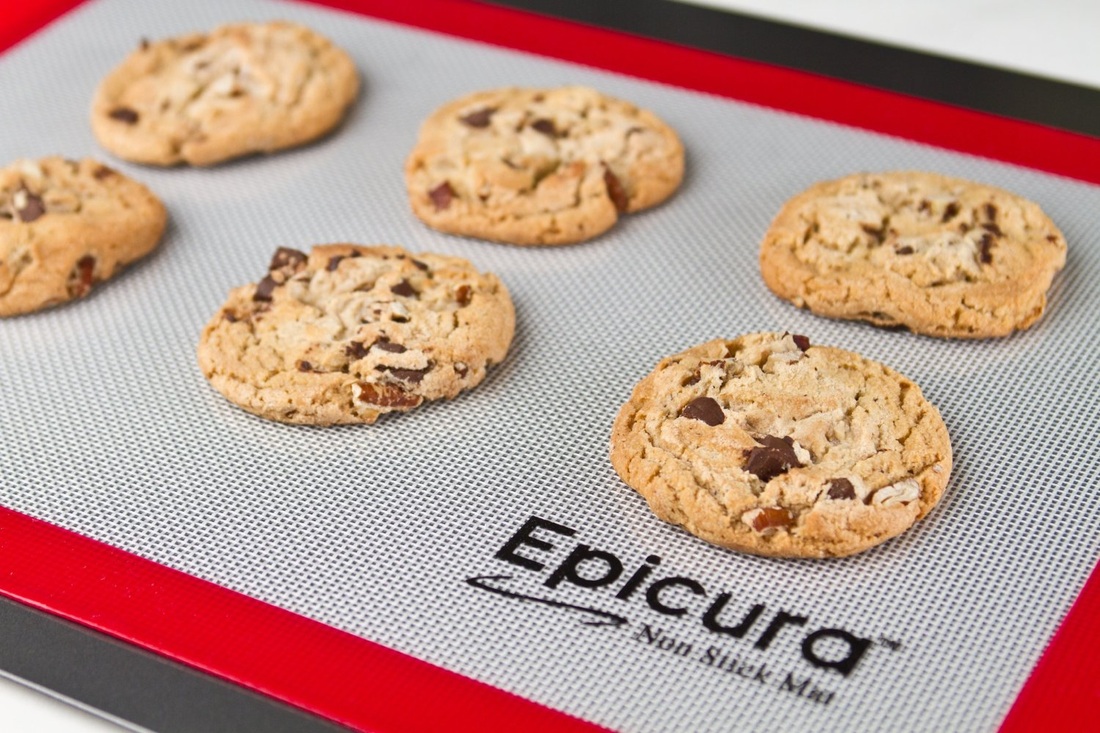
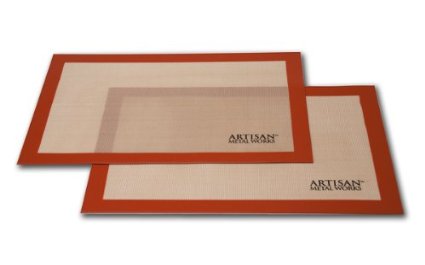
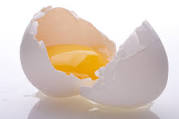
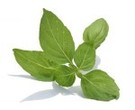
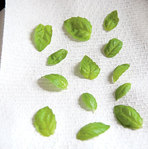
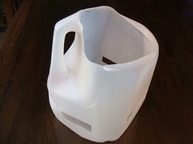
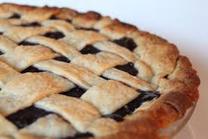
 RSS Feed
RSS Feed
